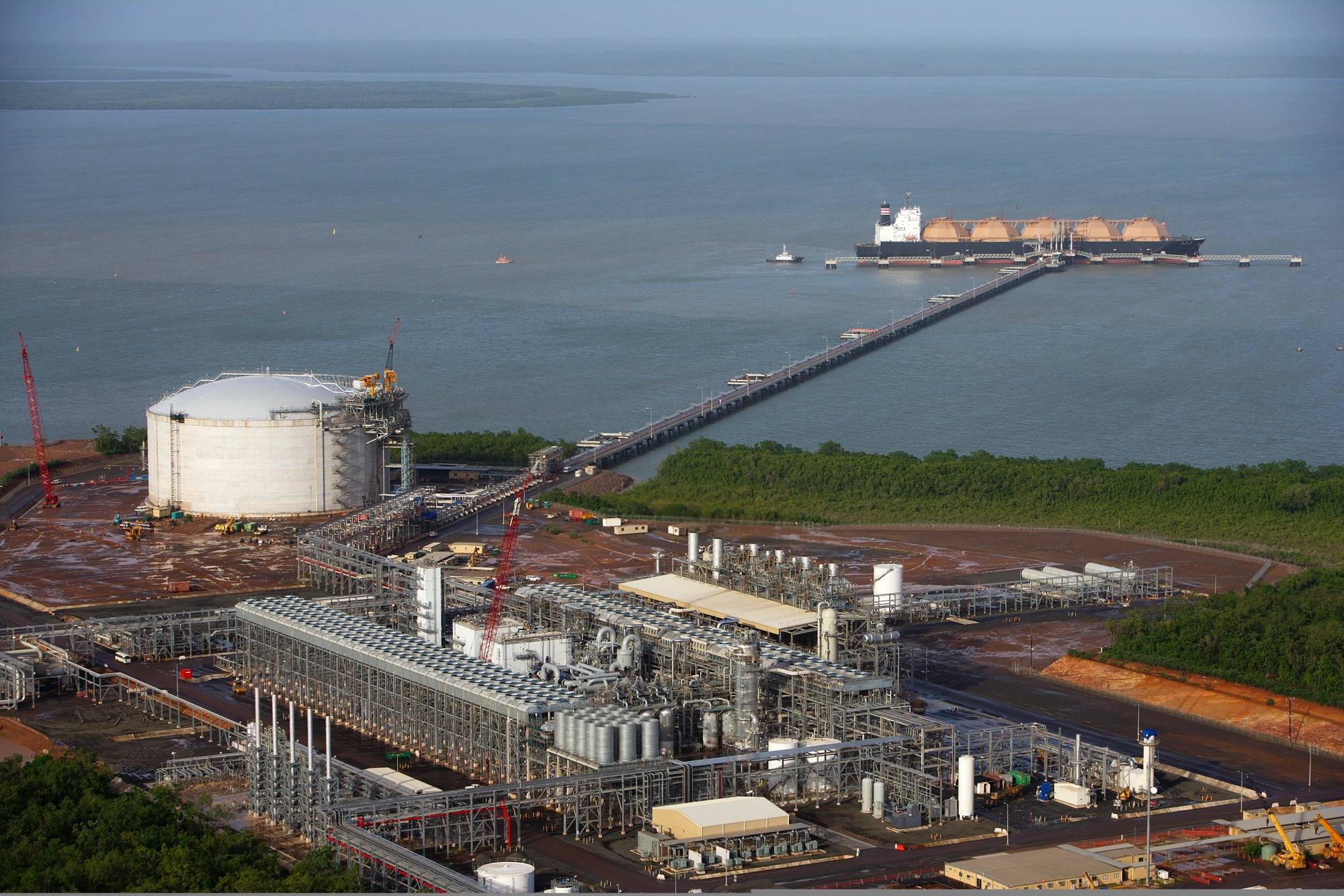Local transformation of bauxite into alumina: “the energy issue remains fundamental” – Guinéenews
Obtained and translated from https://guineenews.org/. Written by Tokpanan Doré.
A specialist in investments in Africa at the U.S. Government Development Finance Corporation, known as “DFC” in Washington DC, Biro Conde leads investments in energy and infrastructure projects in sub-Saharan Africa as part of the PowerAfrica initiative put in place by President Barack Obama in 2013. Guineenews asked him three questions about the energy aspect of the Guinean authorities’ desire to achieve local transformation of bauxite into alumina.
Guineenews©: Mr. Condé, what do you make of the new requirements of the Guinean authorities vis-à-vis the mining companies, particularly those of bauxite? Do you think that the energy conditions are met for a local transformation of bauxite into alumina?
Biro Condé: Indeed, the recent demand by the Guinean authorities that bauxite mining companies move toward local bauxite processing into alumina has raised much debate. There is no doubt that the industrialization of the mining sector would provide a significant boost to the Guinean economy. However, a crucial issue related to this requirement for local processing of alumina remains unaddressed in the various debates to date. The question of energy production capacity remains fundamental to the success of such ambitions to industrialize the mining sector. To this end, a detailed report assessing the energy demand of the mining industry in the Republic of Guinea up to 2030 has been published by PowerAfrica.
Guineenews©: What does this PowerAfrica report reveal?
Biro Condé: First, the report notes that based on current bauxite production forecasts, Guinea will need to double its total installed power generation capacity to more than 1,400 MW in order to convert 16% of its bauxite production to alumina by 2023. In addition, in order to convert 64% of the bauxite produced into alumina and 1% into aluminum by 2030, Guinea will need to increase its power generation capacity to over 6,000 MW.
Guineenews©: On what basis was this energy demand determined by PowerAfrica?
Biro Condé: The criteria that were considered to determine this energy demand are as follows:
Bauxite mining is an energy-intensive activity. The production of raw minerals (excavation, crushing, grinding) often requires significant amounts of electricity, while the processing steps (chemical treatment, smelting) that transform the raw mineral products into products suitable for export may require more electricity than the mining production itself. It takes about 4 to 5 tons of bauxite to produce 2 tons of alumina, yielding 1 ton of aluminum.
-The estimated electricity demand of the mining sector in Guinea in 2020 was approximately 862,591 MWh per year. This demand would require about 246 MW of installed generation capacity, or more than 35% of the total estimated installed generation capacity in Guinea today. Annual forecasts from 2020 to 2030 reveal the dominant role of bauxite production in Guinea’s electricity demand.
Among the minerals that Guinea currently produces, bauxite accounted for about 53% of total electricity demand in 2020. This baseline could increase by over 58% from 2020 to 2030.
Therefore, this would require over 316 MW of installed capacity by 2030 for bauxite mining. Société Minière de Boké (SMB) and Compagnie des Bauxites de Guinee (CBG) accounted for nearly 280,000 MWh of the 462,484 MWh of electricity demand estimated in this report for bauxite mining operations in 2020, requiring about 82 MW of installed capacity for SMB and CBG alone.
-The national grid does not currently have the geographic reach to meet the demands of the mining sector. Mining companies operating far from the existing grid almost constantly use diesel engines or stationary generators using fuel oil (HFO) or diesel to meet their electricity needs.
– Jamaica, a country with a long history of bauxite processing and similar economic size to Guinea, processed about 64% of its domestic bauxite production into alumina in 2018. This was used as a benchmark in this analysis.
– Iron ore could replace bauxite as the primary driver of electricity demand. If significant mining projects such as Simandou, Nimba, and others begin production in this approximate timeframe of 2025, iron ore electricity demand will exceed 850 MW of installed capacity by 2030.
In this scenario, where bauxite processing in the country remains at current levels of 1%, electricity demand will increase by about 347% from 2020 to 2030 (compared to an increase of only 41% of iron ore production remains at zero and bauxite processing in the country remains at current levels of 1%).
In summary…
In summary, Guinea should understand the energy demand of the mining sector in the short, medium, and long term in order to take full advantage of its significant mineral resources. This should lead to aligning these mining activities with long-term private and public investment plans in the national energy grid and capacity. A reading of the PowerAfrica Report would give a better understanding of what I am talking about.
Interviewed by Tokpanan Doré


